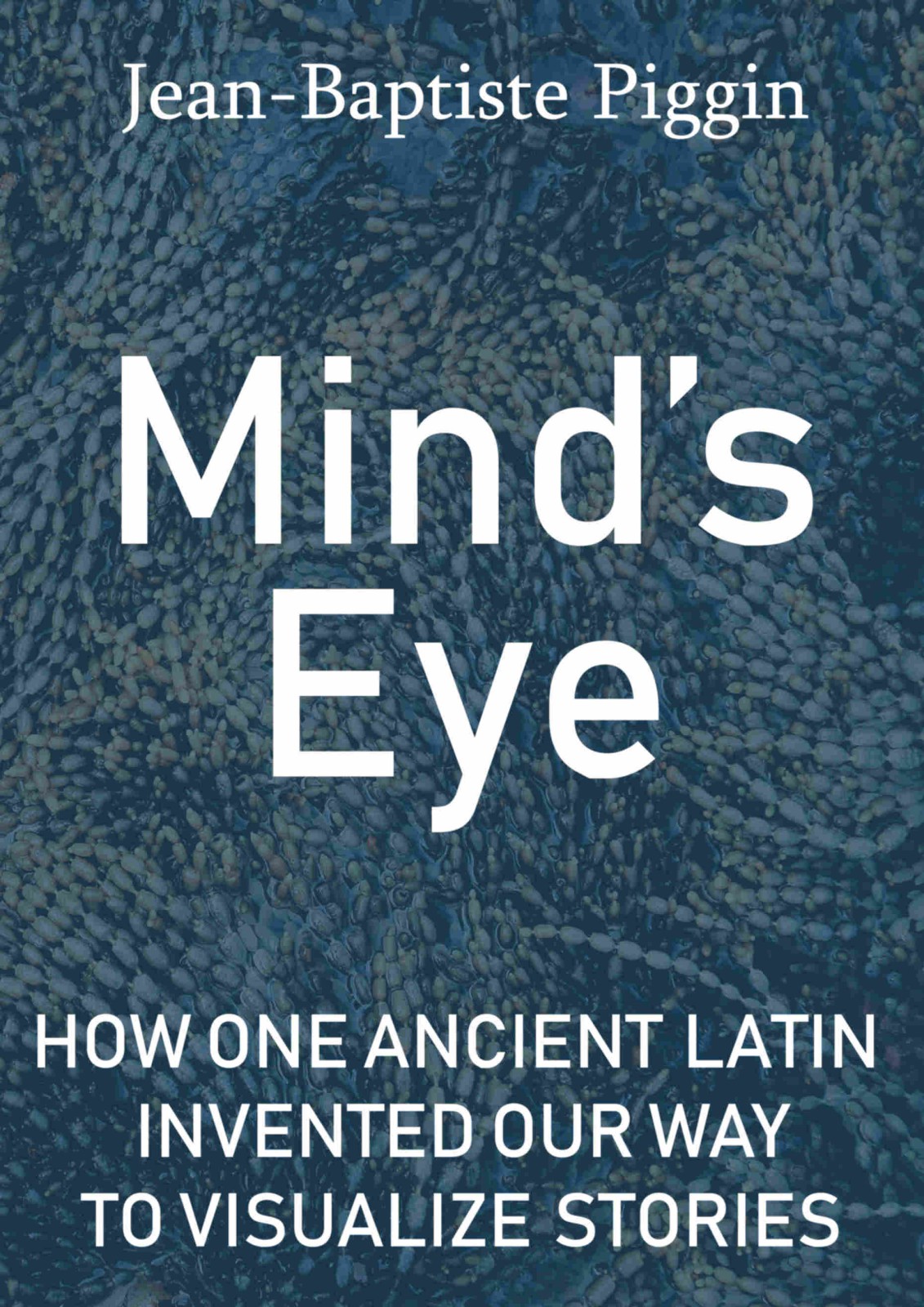After weeks of combing through the Liber Genealogus, including creating my own fully keyed versions of both Frick's and Mommsen's versions, I think I am barking up the wrong tree. My original idea was to hunt for any clues that the Liber Genealogus author might have had the Great Stemma open on the desk in front of him as he wrote. There are no such clues. The two works appear to be siblings, drawing on a common tradition but created in utter ignorance of one another.
The crux is the Table of Nations, the strange anthropological list in Genesis 10 which is the inspiration for two ancient works, the Antiquities of Josephus and the Chronicon of Hippolytus.
The Liber bases all its statements about the different ethnicities in the Mediterranean and Middle East on the Chronicon. In fact, when Bauer and Helm were compiling the critical edition of the Chronicon and came to its ethnicities chapter, the so-called Diamerismos, they often used the Liber Genealogus as a check (see Bauer/Helm, page 1).
The Great Stemma, on the other hand, offers an almost unalloyed reproduction of the ethnicities list in Josephus' Antiquities, a fact that Yolanda Zaluska published 25 years ago. It ought not to have surprised me, but I never appreciated what a black-and-white distinction this is and how starkly this difference in sourcing separates the Great Stemma from the Liber.
I always feel disappointed when a setback like this sinks in. But of course the finding is progress. And in fact it has exciting implications, because it implies yet another way in which the Great Stemma must predate the thinking and intellectual resources of the early 5th century. Its author can have known nothing of Jerome or Augustus. But the thought that he worked in a library where there was not one scrap of Hippolytus to read? Who is this guy? How far back should we be looking? This is tantalizing.
[Later note: the final two paragraphs above are mistaken. It is far more likely that the Table of Nations was worked into the Great Stemma by a Spanish recensor, using a copy of Isidore's Etymologiae. There is no evidence the Great Stemma author was even interested in the Table of Nations material, and why should he have been? The ethnicities material does not add any useful information on the genealogy of Christ or on the chronography which are his central concerns (October 1, 2010).]
[Much later note: I did finally discover sequential evidence. The Liber follows the order of the Great Stemma. This is the subject of my Oxford Patristics Conference paper (September 25, 2011).]
Disgrace
1 hour ago


